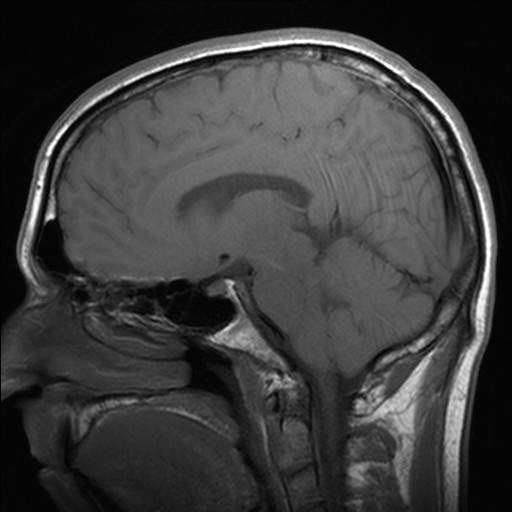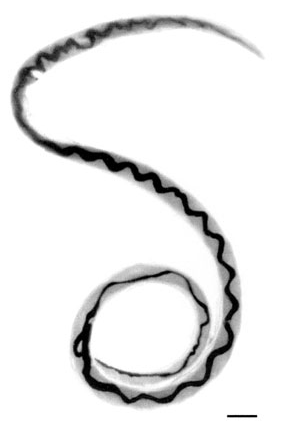Hawaii: Everything you need to know about rat lungworm disease
What is rat lungworm disease and how does it invade the brain and spinal cord?

Rat lungworm is a rare disease caused by a parasite transmitted by rats, and can lead to death. The parasite invades the brain and spinal cord, causing inflammation. There have been an unusually high number of reports of the disease in Hawaii in the first four months of 2017.
Six of the confirmed cases of rat lungworm this year have been on the island of Maui. The patients were four locals and two US citizens from California, Ben Manilla and Eliza Laupe who were spending their honeymoon at Maui, Hawaii News Now reports. In total on the Hawaiian islands there have been nine confirmed cases so far in 2017, with the other three cases on Big Island. There were a total of 11 cases of the disease in 2016 on the islands.
The parasite
The disease is caused by a nematode worm called Angiostrongylus cantonensis. It can cause a form of inflammation of the nervous tissue called eosinophylic meningitis, where large concentration of white blood cells called eosinophils are found in the cerebrospinal fluid, according to the US Centers for Disease Control and Prevention. The parasite lives in the arteries of rats. They lay eggs which travel to the rat's digestive tract, and are then excreted in faeces.

Transmission to humans
The parasite is transmitted through rat faeces. Humans can come into contact with the worm if eating fresh fruit and vegetables containing traces of slugs or other animals that have eaten the rat faeces. The disease can also be contracted from eating raw or undercooked snails, slugs, frogs, freshwater shrimp or land crabs.
Symptoms, diagnosis and treatment
Once inside the human digestive tract, the parasite larvae migrate to the brain where they mature. They can then migrate to the arteries where they reach sexual maturity. Rat lungworm infection can be difficult to identify, as symptoms are shared with many conditions and there are no accurate blood tests for the disease. Symptoms can include fever, headaches and nausea.
Prevention
Residents and visitors to the island of Maui were advised to take several measures to prevent rat lungworm infections at a community meeting by J Kalani English, Senator of East Maui, Maui Now reported. Residents were advised to use traps to control the rat population, remove slugs and snails from gardens using gloves, avoid eating raw or undercooked foods known to be a source of the parasite and thoroughly wash fruit and vegetables before eating whilst wearing gloves.
© Copyright IBTimes 2025. All rights reserved.






















